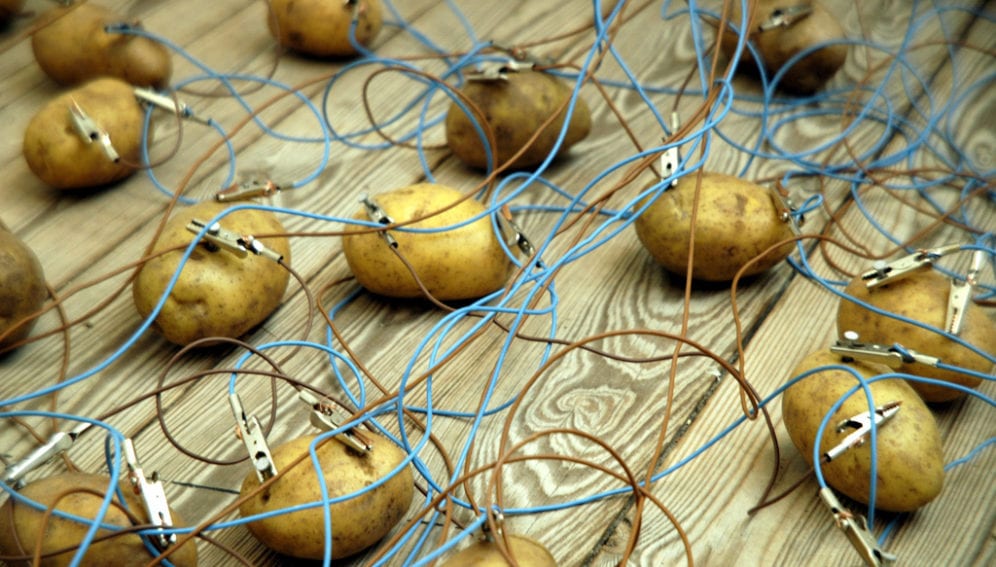By: James Dacey
Send to a friend
The details you provide on this page will not be used to send unsolicited email, and will not be sold to a 3rd party. See privacy policy.
The holy grail of renewable energy research may lie in the cooking pot, according to scientists.
The search for a cheap source of electricity for remote, off-grid communities, has led to batteries that work on freshly boiled potatoes.
One slice of potato can generate 20 hours of light, and several slices could provide enough energy to power simple medical equipment and even a low-power computer, said a research team from the Hebrew University of Jerusalem, Israel.
"The technology is ready to go," co-researcher Haim Rabinowitch told SciDev.Net. "It should take an interested body only a short while, and very little investment, to make this available to communities in need."
The team, which described its work in the Journal of Renewable and Sustainable Energy earlier this month (7 June), said its work hinges on a recent discovery that the electrical flow from potatoes — long known to be natural electrolytes — can be enhanced tenfold when their cell membranes are deliberately ruptured by boiling.
To demonstrate, the researchers created a series of batteries out of slices of boiled Desiree potatoes about the size of a standard mobile phone, though they say the type and size of potato slice do not determine its power.
The device had the same basic components as conventional batteries, consisting of two electrodes separated by an electrolyte (the potato). Each battery powered a small light for 20 hours, after which a new slice could be inserted.
Potato batteries are estimated to generate energy at a cost of approximately US$9 per kilowatt hour (kW/h), which compares favourably with the best performing 1.5 volt (AA) alkaline cells — or D cells — which generate energy at US$50/kWh.
Banana and strawberry batteries could also be used, said Rabinowitch, but their softer tissues would weaken the structure of the battery and the sugars could attract insects.
"Potatoes were chosen because of their availability all over including the tropics and sub-tropics," he said. They are the world's fourth most abundant food crop."
Teo Sanchez, energy technology and policy advisor at Practical Action, a charity which promotes technology for development, said: "With half the world's population having no access to modern energy, this research is a valuable contribution to one of the biggest challenges in the world".
But he is concerned about the limited amount of power that individual batteries can generate and the possible implications of diverting a food crop into energy production.
Link to abstract in the Journal of Renewable and Sustainable Energy


